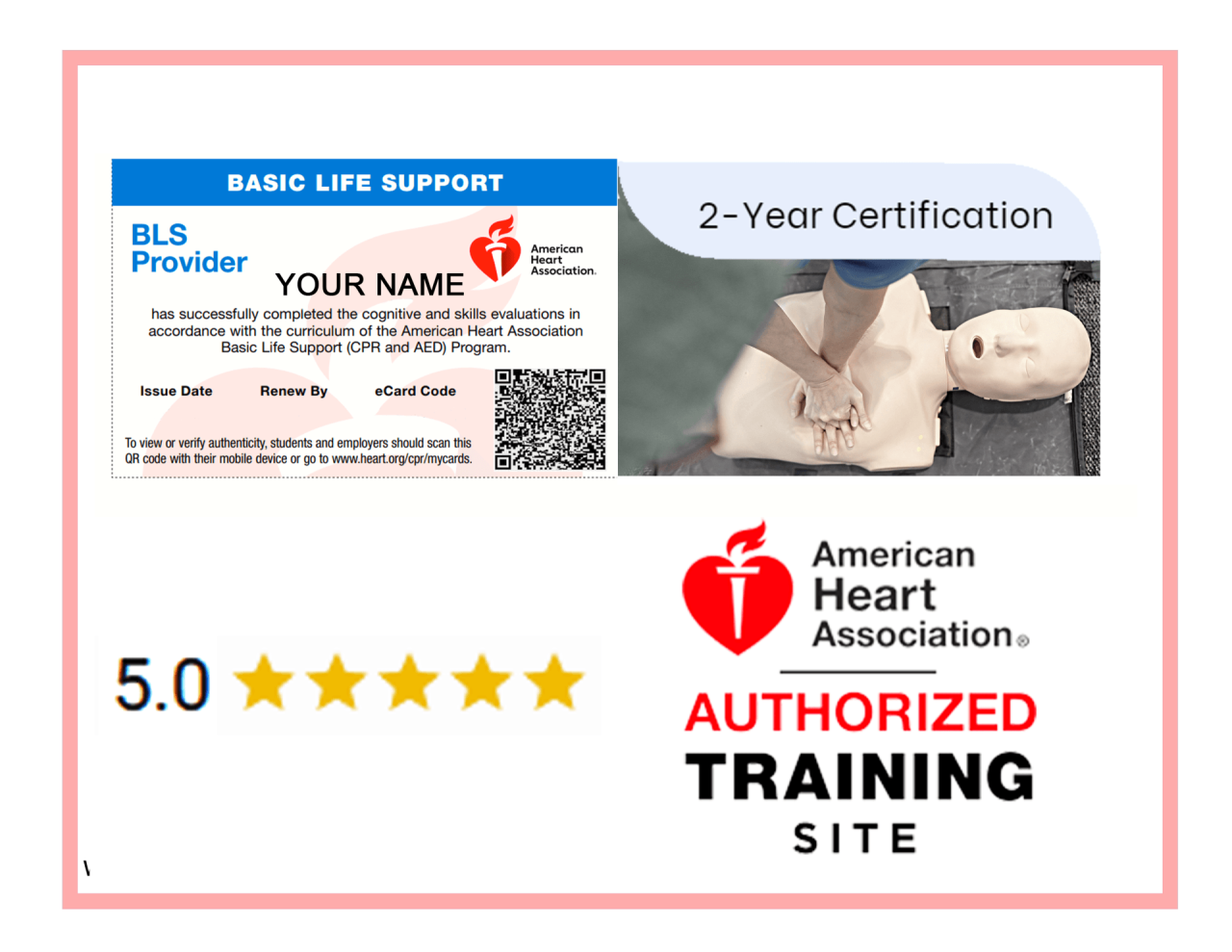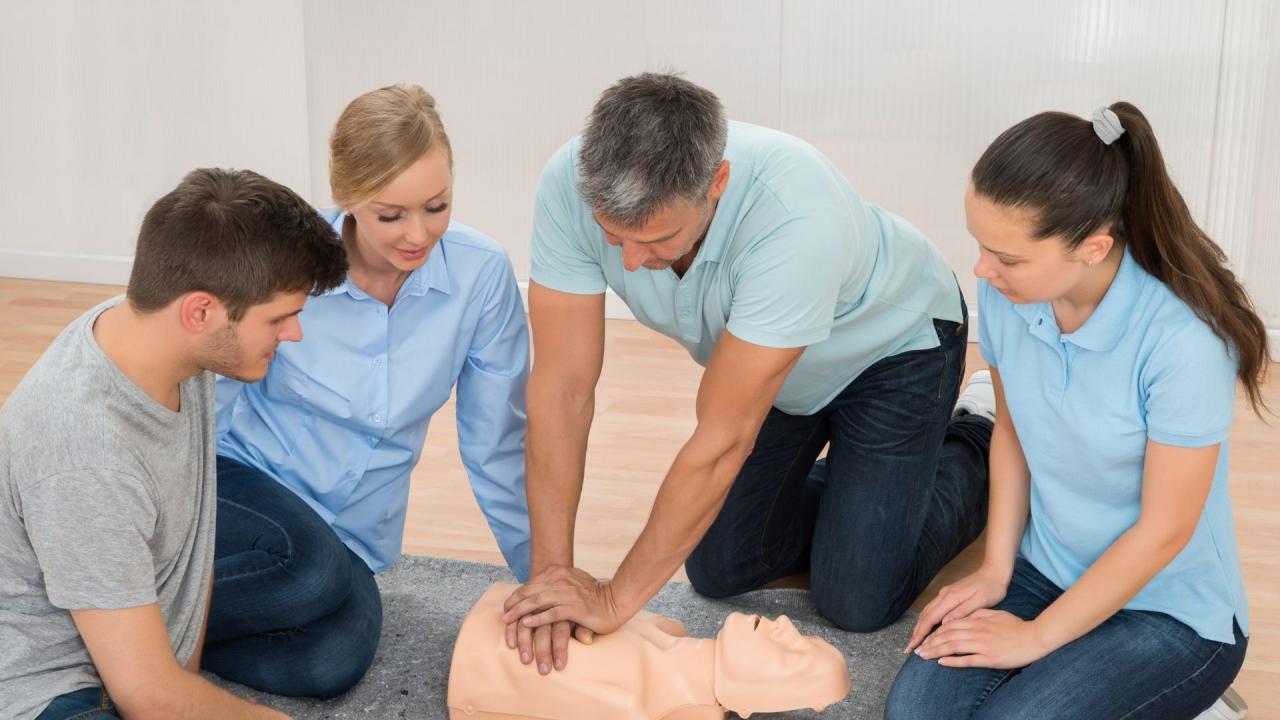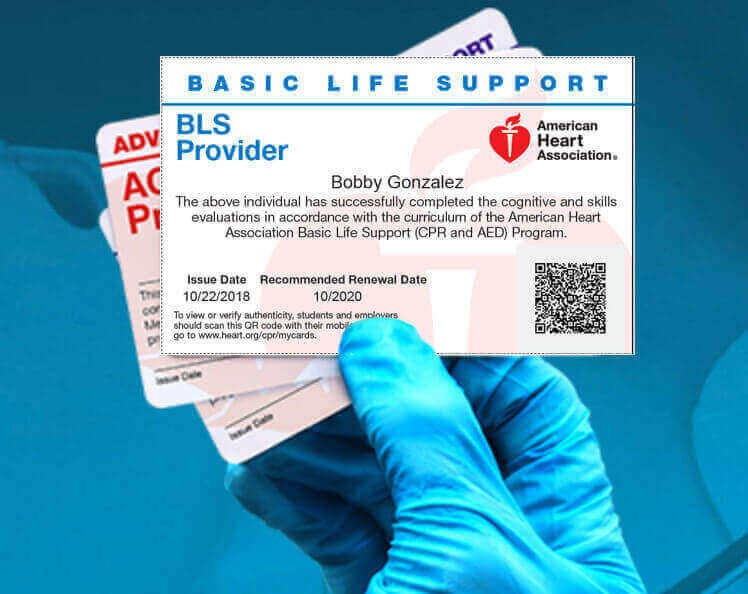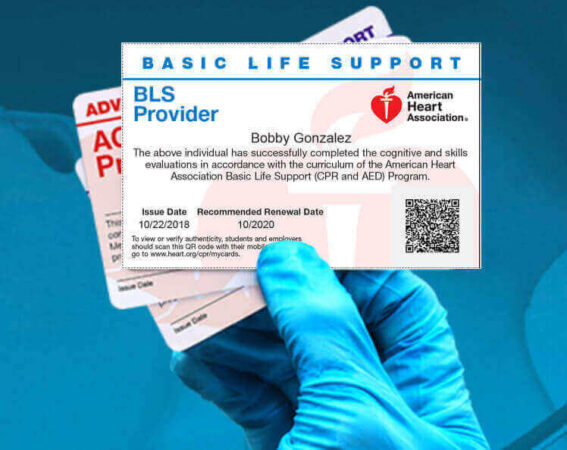
How long do CPR certifications last? This is a crucial question for anyone who has completed a CPR course and is committed to being prepared for emergencies. CPR certifications are essential for individuals working in healthcare, public safety, and other fields where they may be required to provide life-saving assistance. The validity period of a CPR certification can vary depending on factors such as the certifying organization, the type of CPR certification obtained, and the individual’s profession. Understanding the duration of your CPR certification and the renewal process is vital for maintaining your skills and ensuring you are legally authorized to perform CPR.
This guide delves into the intricacies of CPR certification validity, providing a comprehensive overview of the duration, renewal procedures, and the importance of maintaining up-to-date certifications. We will explore the different types of CPR certifications, the factors that influence their validity, and the consequences of having an expired certification. We will also discuss the importance of regular CPR training and practice to ensure you are equipped to handle emergencies effectively.
CPR Certification Validity

CPR certifications are essential for individuals in various professions and for those who wish to be prepared to respond to emergencies. Knowing the validity of your certification is crucial to ensure you are equipped with the most up-to-date knowledge and skills to perform CPR effectively.
General Duration of CPR Certifications
CPR certifications are typically valid for two years from the date of completion of the course. However, the exact duration may vary depending on the certification organization, the type of CPR certification, and the provider’s specific requirements.
Types of CPR Certifications and Validity
Different CPR certifications cater to specific needs and professions. The following table provides a breakdown of common CPR certification types and their corresponding validities:
| CPR Certification Type | Validity |
|---|---|
| Basic Life Support (BLS) for Healthcare Providers | 2 years |
| CPR for the Professional Rescuer | 2 years |
| CPR for the Lay Rescuer | 2 years |
| Advanced Cardiac Life Support (ACLS) | 2 years |
| Pediatric Advanced Life Support (PALS) | 2 years |
| Neonatal Resuscitation Program (NRP) | 2 years |
Factors Influencing CPR Certification Duration
Several factors can influence the duration of a CPR certification:
Provider Type
The type of provider, whether a healthcare professional or a lay rescuer, can affect the validity period. For instance, healthcare professionals may have more stringent renewal requirements due to their higher responsibility in emergency situations.
Certification Organization
Different certification organizations, such as the American Heart Association (AHA) and the American Red Cross, may have different renewal policies. It’s crucial to check with the specific organization for their validity period and renewal requirements.
Renewal Requirements
CPR certifications typically require renewal through recertification courses or online modules. These courses refresh knowledge and skills, ensuring individuals remain competent in CPR techniques. The frequency of renewal varies depending on the organization and the type of certification.
Renewal Procedures: How Long Do Cpr Certifications Last
Renewing your CPR certification ensures you maintain the skills and knowledge necessary to provide life-saving assistance in emergencies. Most CPR certification organizations have specific procedures for renewal, typically requiring a combination of continuing education and recertification exams.
Renewal Courses, How long do cpr certifications last
CPR certification renewal often involves taking a refresher course. These courses typically cover the latest guidelines and techniques for CPR, as well as other emergency medical procedures. The content of these courses is designed to refresh your knowledge and skills and keep you up-to-date with the latest practices.
- Course Duration: Renewal courses typically last for a few hours, depending on the certification organization and the specific course content.
- Content: The course content will include topics like CPR techniques for adults, children, and infants, using an AED (Automated External Defibrillator), recognizing and responding to choking, and other emergency procedures.
- Hands-on Training: Renewal courses emphasize hands-on practice to reinforce skills and ensure proficiency. You’ll participate in simulated scenarios to practice CPR techniques and other emergency procedures.
Recertification Exams
Following a renewal course, you will usually need to pass a recertification exam to maintain your CPR certification. These exams assess your understanding of CPR procedures and your ability to apply them in real-world scenarios.
- Exam Format: Recertification exams can be administered in various formats, including multiple-choice questions, practical skills demonstrations, or a combination of both.
- Passing Score: You will need to achieve a passing score on the recertification exam to maintain your CPR certification.
Renewal Fees
There are typically fees associated with renewing your CPR certification. These fees cover the cost of the renewal course, recertification exam, and administrative costs.
- Course Fees: Renewal courses have associated fees that vary depending on the provider and the specific course.
- Recertification Exam Fees: There may be additional fees for the recertification exam.
- Administrative Fees: Some organizations charge administrative fees for processing your renewal.
Step-by-Step Guide for Renewing Your CPR Certification
To ensure a smooth renewal process, follow these steps:
- Check Your Expiration Date: Begin by reviewing your current CPR certification card to determine the expiration date.
- Contact Your Certification Organization: Reach out to the organization that issued your CPR certification to inquire about their renewal procedures and requirements.
- Register for a Renewal Course: Enroll in a CPR renewal course offered by your certification organization or a recognized training provider.
- Attend the Renewal Course: Complete the renewal course and actively participate in the hands-on training sessions.
- Take the Recertification Exam: Take and pass the recertification exam administered by your certification organization.
- Pay Renewal Fees: Submit the required renewal fees to your certification organization.
- Receive Your Renewed Certification: Once you have completed all the steps, you will receive your renewed CPR certification card.
CPR Certification Organizations

CPR certification is crucial for individuals who may need to provide emergency medical assistance. Numerous organizations offer CPR certification, each with its own standards, training methods, and renewal procedures. Understanding the differences between these organizations can help you choose the most suitable certification for your needs.
CPR Certification Organizations Comparison
The following table provides a comparison of several prominent CPR certification organizations:
| Organization | Certification Validity | Renewal Requirements | Training Methods |
|---|---|---|---|
| American Heart Association (AHA) | 2 years | Renewal course and exam | Classroom, online, blended |
| American Red Cross (ARC) | 2 years | Renewal course and exam | Classroom, online, blended |
| National Safety Council (NSC) | 2 years | Renewal course and exam | Classroom, online, blended |
Maintaining CPR Skills
CPR certification is a vital step in being prepared to help someone in an emergency. However, simply having a certification isn’t enough. Maintaining CPR skills is crucial to ensure you can confidently and effectively perform CPR when needed. This section explores ways to maintain CPR proficiency.
Regular Practice
Regular practice is essential for maintaining CPR skills. Frequent practice helps you become familiar with the steps and techniques involved in CPR. This familiarity will improve your confidence and ability to perform CPR effectively during a real emergency.
- Practice on a Mannequin: Using a CPR mannequin allows you to practice the hands-on skills of CPR in a safe and controlled environment. Mannequins provide feedback on your compressions and breaths, allowing you to identify areas for improvement.
- Practice with a Partner: Practicing CPR with a partner allows you to simulate a real-life scenario and receive feedback on your technique. This can help you identify any areas where you need to improve.
- Online Simulations: Many online platforms offer interactive CPR simulations that can help you refresh your knowledge and practice the steps involved in CPR.
CPR Refresher Courses
CPR refresher courses are designed to update your CPR knowledge and skills. These courses typically cover the latest CPR guidelines, review the steps involved in CPR, and provide hands-on practice.
- Benefits of Refresher Courses:
- Ensure your skills are up-to-date with the latest guidelines.
- Provide an opportunity to practice your skills in a safe and controlled environment.
- Help you maintain your CPR certification.
- Frequency of Refresher Courses:
- Most CPR certifications require a refresher course every 1-2 years to maintain validity.
- Some organizations may recommend refresher courses more frequently, depending on your occupation or the level of CPR training you have received.
Practical Scenarios
Engaging in practical scenarios can help you apply your CPR knowledge and skills in a more realistic setting. These scenarios can be simulated using a CPR mannequin or with a partner.
- Simulate Different Emergency Situations:
- Practice performing CPR on a mannequin in various positions, such as on the floor, in a car, or on a bed. This will help you become comfortable performing CPR in different environments.
- Practice performing CPR on a mannequin with different levels of difficulty, such as a child or an infant. This will help you become familiar with the adjustments needed for different age groups.
- Role-Playing with a Partner:
- Practice performing CPR on a partner while they act out a realistic emergency situation. This will help you develop your decision-making skills and your ability to respond effectively in a stressful situation.
- Practice performing CPR on a partner while they act out a situation where someone is choking. This will help you become familiar with the Heimlich maneuver and other techniques for assisting someone who is choking.
Concluding Remarks

In conclusion, maintaining a current CPR certification is essential for individuals who want to be prepared to provide life-saving assistance in emergencies. Understanding the validity period of your certification, the renewal process, and the importance of regular practice is crucial for ensuring you are equipped with the knowledge and skills to act confidently and effectively when faced with a cardiac arrest situation. By staying informed and proactive, you can contribute to the safety and well-being of yourself and those around you.
Helpful Answers
What are the different types of CPR certifications?
There are various types of CPR certifications, including Basic Life Support (BLS), Healthcare Provider CPR, and First Aid CPR. Each type of certification focuses on different aspects of emergency care and is tailored to specific professional requirements.
Can I use an expired CPR certification?
It is strongly advised against using an expired CPR certification. Performing CPR with an expired certification may have legal and ethical implications. Additionally, your skills may be outdated, potentially compromising the effectiveness of your assistance.
How often do I need to renew my CPR certification?
The renewal frequency for CPR certifications typically ranges from two to three years, depending on the certifying organization and the type of certification. It is essential to check the specific renewal requirements of your certification organization.





